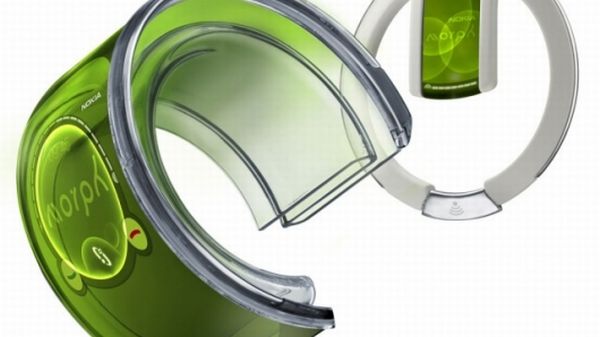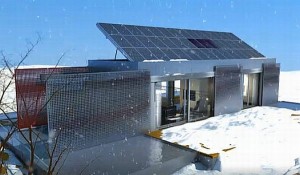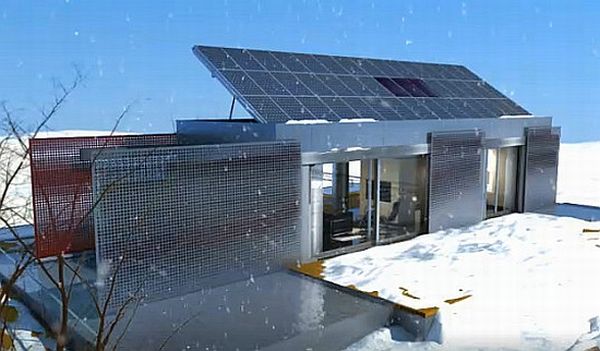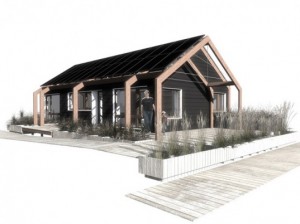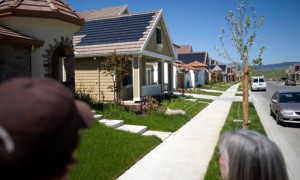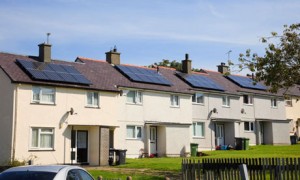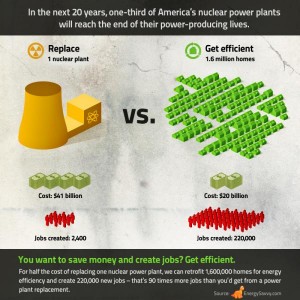A number of energy-efficient homes and communities are currently in the process of being tested, but a Los Angeles-based company is going one small step farther. KB Home presented its first net-zero-energy home in an event in Las Vegas, and it’s not just experimental. The home, called the ZeroHouse 2.0, is available to consumers (in certain areas, including Vegas).
ZeroHouse 2.0 is the natural extension of KB Home’s standard building practices, which all comply with the EPA Energy Star Standards. The company claims that the ZeroHouse 2.0 can eliminate the electric bill altogether; in the ridiculously hot weather of Nevada, that’s quite a feat.

 Follow
Follow
